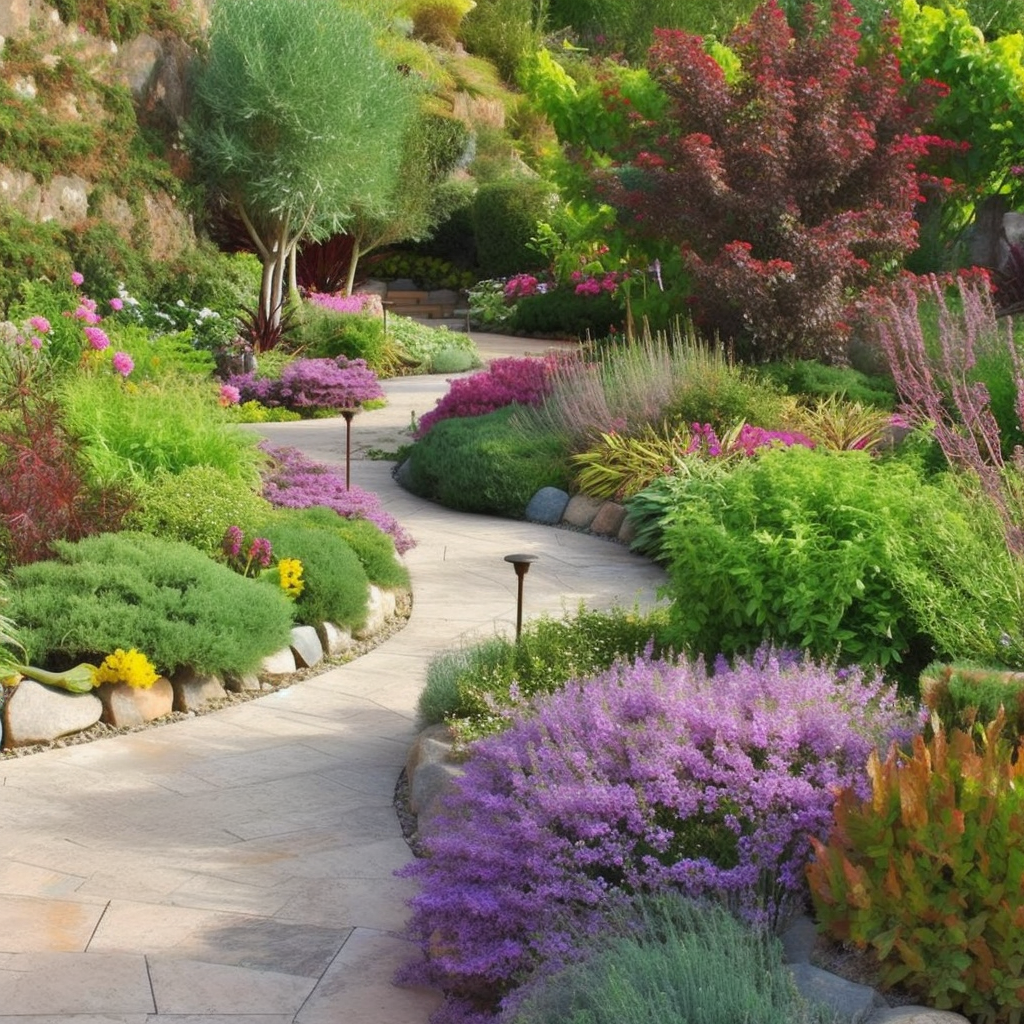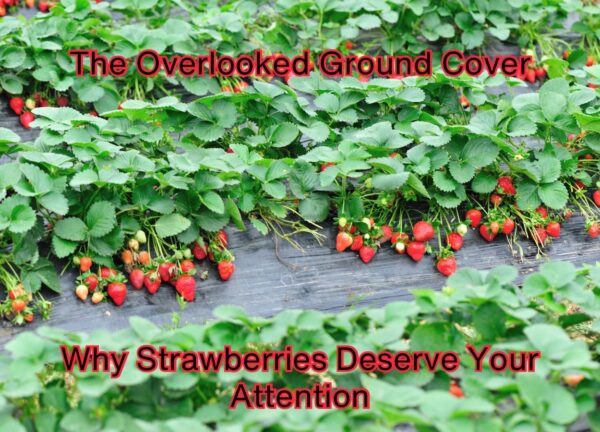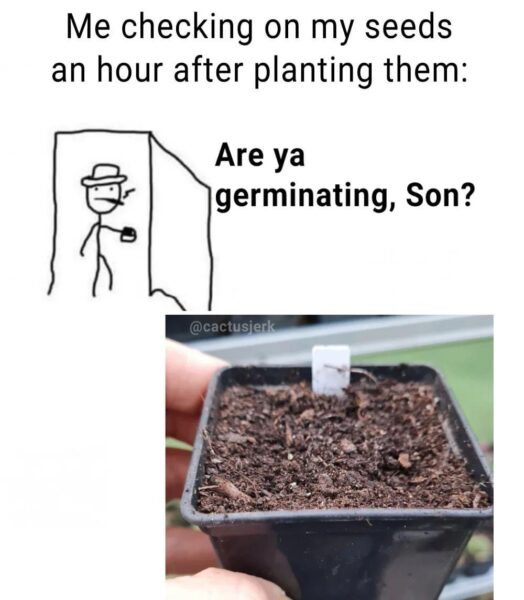Landscape planning is a fundamental step in creating a beautiful and functional outdoor space. In this article, we explore the art of landscape planning, guiding you through the process of designing your dream garden. From assessing your site to developing a comprehensive plan, we provide valuable insights and practical tips to help you achieve a well-designed and harmonious landscape that suits your needs and preferences.

- Assessing Your Outdoor Space: Understanding the Canvas Before diving into landscape planning, it’s important to assess your outdoor space. We discuss the significance of understanding your site’s characteristics, including its size, topography, soil conditions, and existing features. By gathering this information, you can make informed decisions and leverage the unique aspects of your site during the planning process.
- Defining Goals and Needs: Tailoring Your Landscape Design Identifying your goals and needs is crucial in landscape planning. We guide you through the process of determining your desired functions and features, such as outdoor entertaining areas, play zones for children, or serene retreats for relaxation. By clearly defining your goals, you can ensure that your landscape design meets your specific requirements and enhances your lifestyle.
- Concept Development: Creating a Vision Developing a concept for your landscape is an exciting step in the planning process. We explore various design styles, such as formal, informal, contemporary, or cottage garden, to help you find inspiration and refine your vision. We also discuss the importance of considering elements like color schemes, textures, focal points, and plant selections to create a cohesive and aesthetically pleasing landscape.
- Layout and Spatial Organization: Mapping Your Design Creating a well-organized layout is essential for an efficient and functional landscape. We delve into the principles of spatial organization, discussing techniques such as zoning, circulation patterns, and focal points. By carefully considering the flow and arrangement of different areas, you can optimize the use of space and ensure a seamless transition between various garden elements.
- Plant Selection: Choosing the Right Greenery Plants play a vital role in any landscape design. We provide insights into selecting the right plants for your garden, considering factors like local climate, soil conditions, maintenance requirements, and desired aesthetic impact. We discuss the importance of incorporating a diverse range of plants, including trees, shrubs, perennials, and groundcovers, to create visual interest and provide year-round appeal.
- Sustainability and Environmental Considerations: Nurturing the Ecosystem Incorporating sustainable practices in your landscape planning not only benefits the environment but also enhances the long-term health and beauty of your garden. We explore strategies like water conservation, using native and drought-tolerant plants, incorporating rain gardens, and employing eco-friendly materials. By adopting sustainable practices, you can create an environmentally friendly and resilient landscape.
Landscape planning is an essential step in creating a stunning and functional outdoor haven. By assessing your site, defining your goals, and developing a comprehensive plan, you can design a landscape that reflects your style, enhances your lifestyle, and brings you closer to nature. With careful consideration of layout, plant selection, and sustainable practices, your landscape will become a vibrant and inviting space that you can enjoy for years to come.
As an Amazon Associate we earn from qualifying purchases through some links in our articles.




